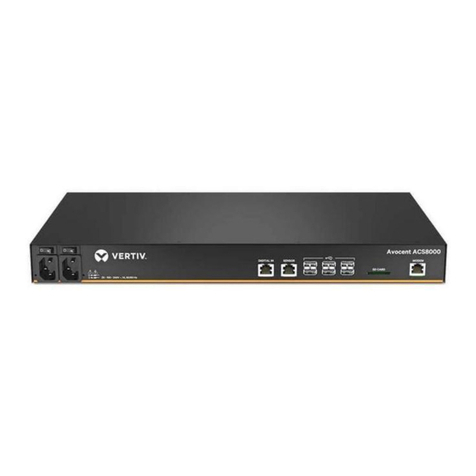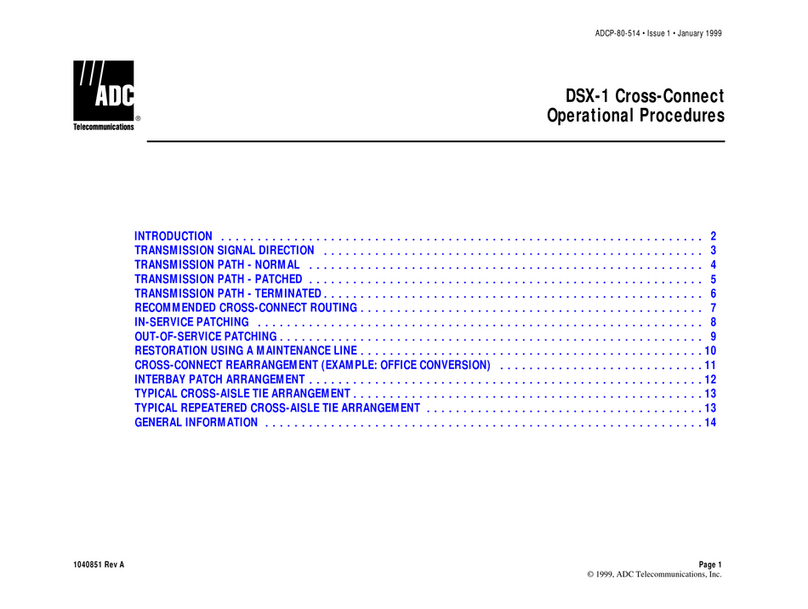
1 OVERVIEW
This document explains the external (remote web) Application Programming Interface (API) services and
schema for the Avocent® ACS800/8000 Advanced Console System.
Remote web API services allow any third-party software system to integrate with the console system
software. This integration enables your applications, tools and systems to manage information in the
console system software and provides support for accessing information, performing unit control and
adding events to the event log.
1.1 Base URL
The base URL format is: https://<IP_ADDRESS>:<PORT_NUMBER>/api/v1/
NOTE: The version number is mandatory to allow for future enhancements and expansion.
The HTTPS port number is 48048 by default. HTTP may also be used with a default port number of 8080
but this is completely insecure. By default, HTTP access is disabled and only HTTPS access is enabled. An
admin can enable or disable HTTP and HTTPS access as well as change their respective port numbers.
NOTE: Changes to these settings will restart the RESTful API server and disconnect any existing
RESTful sessions.
1.2 Methods
The following basic HTTP methods are supported.
METHOD DESCRIPTION
POST
Used to create a new resource (specified in the JSON body) underneath the resource specified by the URL. The resource created is
returned in the body or enough information is returned to find the new resource (an ID or URL).
Also used to initiate actions.
GET Requests a representation of the specified resource. This has no other effects other than reading and returning the data.
PUT
This method is used to modify an existing resource (specified by the URL) with the data present in the JSON body. Only the items
present in the body are modified and the rest are left unchanged. The response code is typically 204 (Status No Content) with no
content in the body unless otherwise requested by a specific parameter.
PATCH This method is similar to the PUT method, but is typically intended only for modifying a portion of the specified resource. PUT in this API
is also allowed to only modify a portion of a resource, so PATCH is included just for those applications that already use it.
DELETE This method deletes the resource specified by the URL.
Table 1.1 Supported HTTP Methods
1.3 Body
The body for GET/POST/PUT/PATCH requests uses JSON syntax. This means that the "Content-Type"
and "Accept" headers should be set to application/json. All parameters and values are case sensitive.
Parameters that are string types must have their value enclosed in quotes even if the content is
numerical, as is the case with some of the parameters that have a dropdown menu in the WebUI. All
parameters are string type unless otherwise specified to be integer, array or something else.
1.4 Query Parameters
The fields query parameter is supported for many resources to enable the user to limit the fields that are
returned. For example:GET /serialPorts?fields=pinout,speed.
Vertiv | Avocent® ACS800/8000 Advanced Console System APIGuide | 1





























